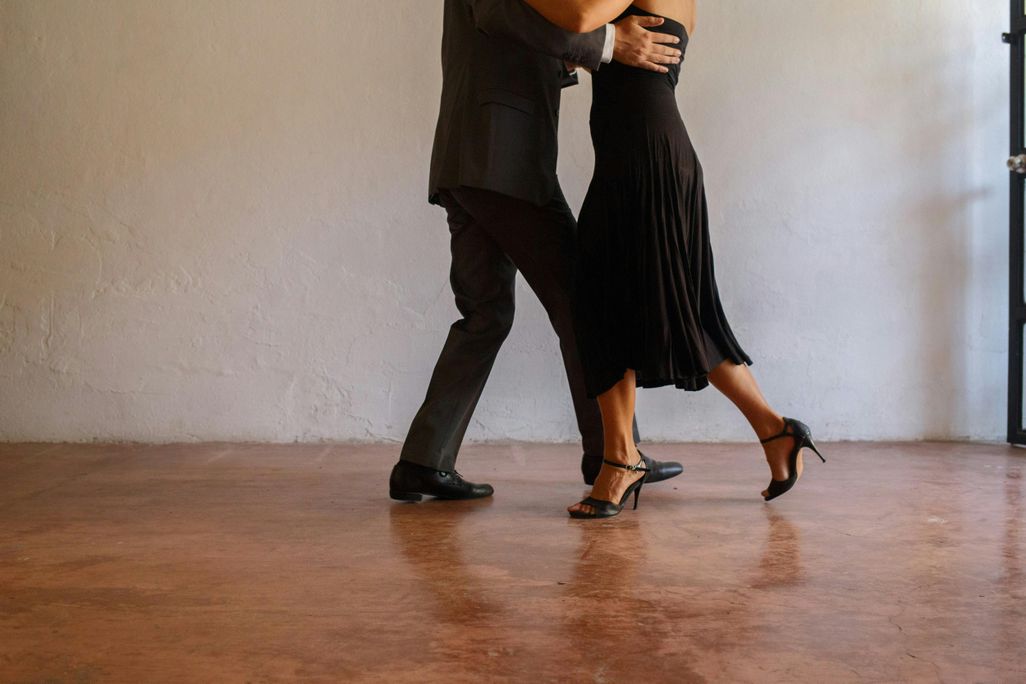Scientists discovered that talented experts had “younger” brains than those of their less experienced counterparts, and even those who only dabbled in creativity reaped benefits
/https://tf-cmsv2-smithsonianmag-media.s3.amazonaws.com/accounts/headshot/Sara_-_Headshot_thumbnail.png)
Sara Hashemi - Daily Correspondent
October 10, 2025

Maybe it’s time to finally book that dance class or start those art lessons: Your creative hobbies could help keep your brain young, according to new research by an international group of scientists.
The study, published in Nature Communications last week, looked at brain activity data from 1,240 participants across 13 countries. Researchers used the data to create brain clocks—machine learning models that compare chronological and neurological age and can capture cognitive differences in patients. Then, they applied those models to 232 people who make art, dance, play video games and make music, all with different levels of creative experience.
Researchers found that those who practiced their craft regularly had signs of slower brain aging. The strongest correlation was found in tango dancers, whose brains were on average seven years younger than their biological age. That could be because of the dance’s mix of complex movement sequences, coordination and planning, explains Agustín Ibáñez, a neuroscientist at Adolfo Ibáñez University in Chile and a study co-author, to Gemma Conroy at Nature.
Did you know? Creative chronology
Are old people less creative than young people? Kind of: Though a 2023 study of creativity in elder patients found participants got slightly lower scores in creativity than their younger counterparts, its researchers concluded that “creativity appears relatively stable in older age.”
Even those who only engaged in short-term training in a creative activity saw benefits, the research found. “One of our key takeaways is that you do not need to be an expert to benefit from creativity. Indeed, we found that learners gained from brief video game training sessions,” says Carlos Coronel, the paper’s first author and a postdoctoral fellow at Adolfo Ibáñez University’s Latin American Brain Health Institute, in a statement.
Those video game training sessions involved teaching 24 right-handed participants how to play “StarCraft II,” a strategy video game involving creative problem-solving. The training lasted 30 hours over three to four weeks. Another group, used as a control, was trained in “Hearthstone,” a digital collectible card game that has more concrete rules and requires less strategizing. Those who spent time playing “StarCraft II” each week showed slower brain aging and did better on brain tests after their training period than controls. The more accomplished the participants were in their chosen art forms, the lower their brain age, the researchers write.
Francisca Rodriguez, a cognitive scientist at the German Center for Neurodegenerative Diseases, tells Nature creativity might delay aging because it involves more areas of the brain than typical cognitive exercises, like puzzles. While further research is required, she adds, it’s possible creative thinking makes brains less vulnerable to aging.
The researchers also created brain maps to see which parts of the brain were most influenced by creativity. They found the biggest effects in the frontoparietal region, an area of the brain involved in complex problem-solving, working memory and planning. This region, the authors write in the study, is also vulnerable to aging.
The brain clock research will need to be analyzed within a larger context of cognition, physical health and well-being, the researchers write in the paper. Still, they say, their findings “indicate a domain-independent link between creativity and brain health.”
The findings could have important public health implications, Ibáñez says in the statement. Perhaps creativity, like exercise, could be prescribed to patients to protect brain health. “This is not relevant only for neuroscience, but it is a cultural and policy opportunity,” Ibáñez notes. “Our societies need to reimagine healthy aging through both medical and non-medical domains, such as creativity, arts and play,”
So take out your dance shoes or those colored pencils—getting creative at any age might help keep your brain young.
Get the latest stories in your inbox every weekday.
- More about:
- Aging
- Art
- Body
- Brain
- Music
- Neuroscience
- New Research
.png)


